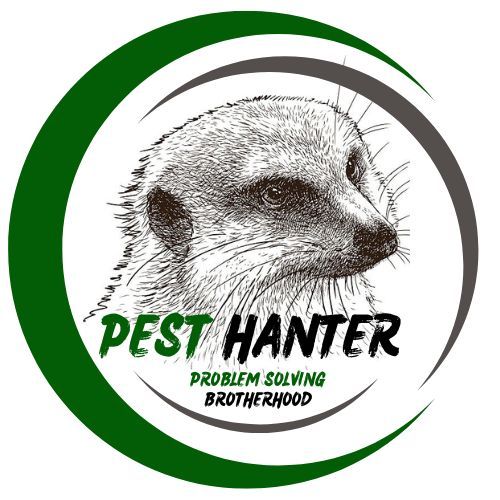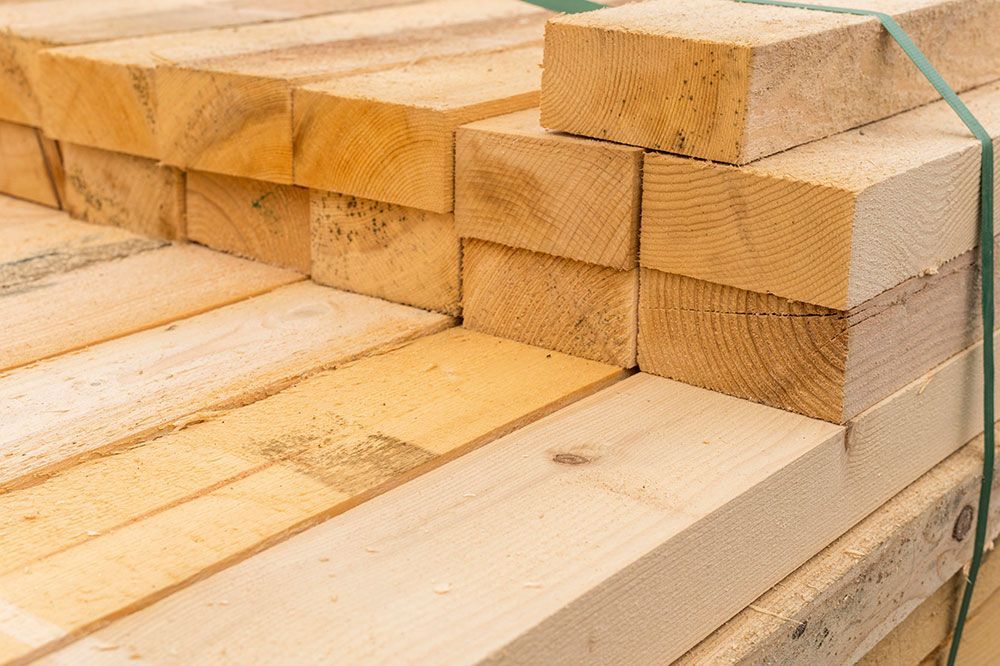Termites
Types of Termites in Singapore
In Singapore, termites, often mistakenly referred to as 'white ants,' are a significant concern, particularly regarding their impact on property values. These pests are notorious for their ability to devour the wood and structural components of buildings silently. Their feeding habits are relentless, and as they continue to forage, they contribute to the growth of their colonies. The most alarming aspect is that substantial damage may have already occurred when a termite infestation is detected in our homes.
Are you aware of the dual nature of termites in our ecosystem?
Eco-Friendly Termites
These termites are the unsung heroes of the natural world, thriving on soil, bacteria, and plant material. They play a pivotal role in enriching our environment!
Destructive Termites
Conversely, some termites are known as 'covert wreckers.' They stealthily infiltrated and wreaked havoc on residential and commercial structures, making them the culprits behind property damage.
Singapore is home to three predominant species of lower termites, with two leading the charge in property damage!
Subterranean Termites
Habitat Insights:
Thriving in underground and aboveground environments, these termites are relaxed about where they settle for sufficient moisture and soil. Boasting colonies that can skyrocket to 2 million members, they construct intricate tunnels to maintain their dark, humid living conditions. These termites are ambitious expanders, dispatching winged scouts to establish new territories when the time is ripe.
Dietary Habits & Potential Havoc:
Their diet centres around cellulose, a key component in wood and plant matter. From decaying logs to your precious book collection, cardboard boxes, and even your beloved furniture, nothing is off-limits. They are notorious for their persistence, capable of chewing through plastic pipes to reach their desired destination.
Drywood Termites
Drywood Termites
Defying the norms, these termites require neither soil nor moisture, making dry wooden structures their ideal residence. Be it wood panels, household items, or structural timbers, they find solace and sustenance in dry environments.
Dietary Habits & Potential Havoc:
Drywood termites maintain relatively more minor colonies but keep their numbers from fooling you. They feast along the wood grain, undermining wooden structures from within, which can lead to catastrophic outcomes like building collapses.
Dampwood Termites
Habitat Insights:
Moisture is necessary for these termites, but they do not need soil. Preferring wood with high moisture content, they often inhabit decaying timber or old tree stumps. Nature is their preferred haven.
Dietary Habits & Potential Havoc:
Similar to their cousins, they derive nutrients from cellulose. Unlike others, they don't construct mud tubes for travel. Often, their presence goes unnoticed until their discarded wings or faecal pellets reveal an already out-of-control colony.
Preventative Measures:
To safeguard your property, address water leaks promptly, particularly around landscaping and trees. Vigilance in removing or replacing damp or compromised wood in the vicinity is crucial.
Uncover Hidden Invaders: Identifying Subterranean Termite Activity
Look out for:
Discovering Termite Trails
Investigating Compromised Timber
Effective Strategies to Thwart Termite Takeovers
Distance wooden belongings from your home's structure – a simple move that makes a big difference.
Distance wooden belongings from your home's structure – a simple move that makes a big difference.
Address water leaks immediately, creating a less hospitable environment for termite troubles
Address water leaks immediately, creating a less hospitable environment for termite troubles
Safeguard Your Haven
For homeowners with landed properties, stay one step ahead. Consider adopting a proactive stance with a state-of-the-art termite monitoring and baiting system. Connect with PEST HANTERI for a comprehensive consultation and reclaim your peace of mind.
Discover the Indicators of Drywood Termite Infestation
Look out for:
Wood surfaces that appear spongy or hollow
The presence of tiny faecal pellets and minuscule exit holes
Practical Strategies to Prevent Infestation
Distance wooden belongings from your home's structure – a simple move that makes a big difference.
Verifying that all wooden fixtures and furniture are pre-treated against termites
Address water leaks immediately, creating a less hospitable environment for termite troubles
Promptly addressing any water leaks
Specialized Solutions for Homeowners
Elevate your property's defence against termites by opting for a state-of-the-art monitoring and baiting system. Early detection is key. Consult with PEST HANTER for cutting-edge solutions and safeguard your sanctuary today!
Often mistaken for 'termites', the creatures known as termites, or 'white ants' due to their unique colour, are a topic of much interest. Notorious for the structural havoc they wreak, termites also possess the ability to bite. While these bites aren't poisonous, they, along with termite saliva or droppings, can be the culprits behind allergic reactions or even asthma flare-ups.
In Singapore, managing termite infestations goes beyond mere pest control—it's about safeguarding your health. Did you know? Your heating and cooling systems might inadvertently spread termite-induced allergens throughout your living space, elevating the risk of allergic reactions.
When tackling termite invasions in Singapore, there's a prevalent myth that fumigation is the go-to solution. However, effective termite eradication relies not just on any one method but on a combination of expertise, advanced techniques, and cutting-edge technology. Given the extensive damage termites can inflict, adopting a proactive stance on termite prevention is crucial. Regular, comprehensive home inspections, ideally conducted annually, are your best defence to ensure your space remains termite-free.



